Prefabricated housing is not a new topic in China; we have been discussing it for many years, yet it has never truly formed a mass market. However, in Germany, this model has long been one of the standard options for ordinary people building homes, developers constructing buildings, and government-backed projects.
So in this article, I want to start with an overview of the structure of Germany’s prefabricated housing industry—looking at its policy background, corporate ecosystem, and sales logic—and then reflect on what China’s real estate industry can do next to turn “prefabricated housing” from a concept into a tangible product.
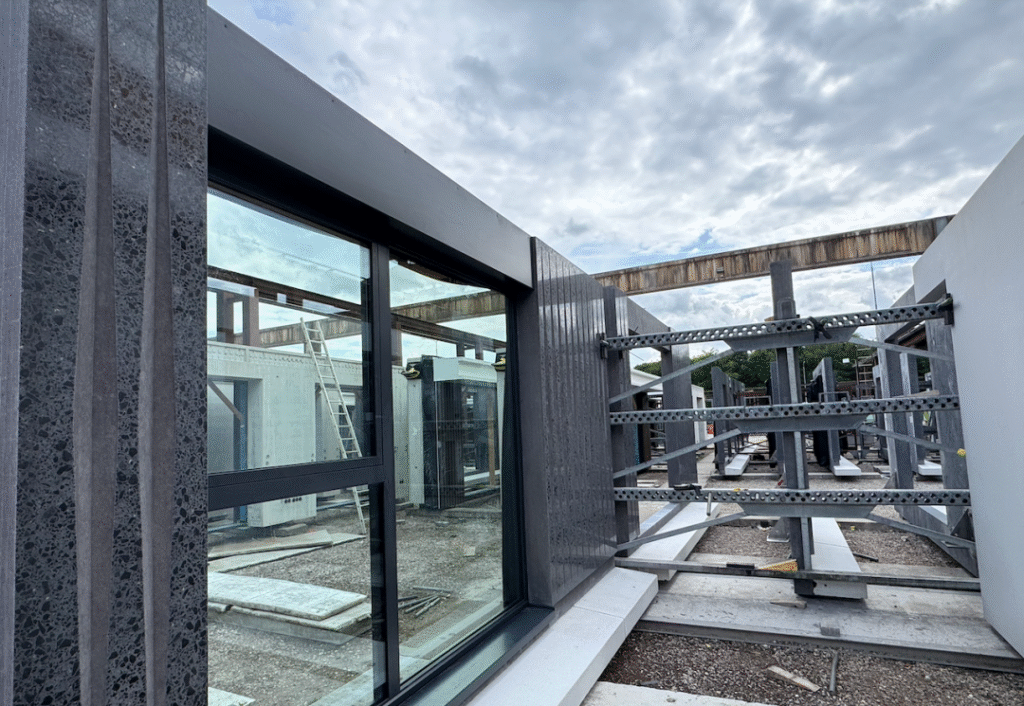
Prefabricated residential buildings are not a new topic in China. We have been discussing them for years, but they have yet to truly become a mainstream market choice. In contrast, in Germany, this model has long been an option for ordinary people building homes, developers constructing projects, and government-led initiatives.
Therefore, this article will start by examining the overall structure of Germany’s prefabricated housing industry, including its policy background, enterprise system, and sales logic. Then, it will explore how China’s real estate industry can transform “prefabrication” from a concept into a tangible product, and what steps can be taken next.
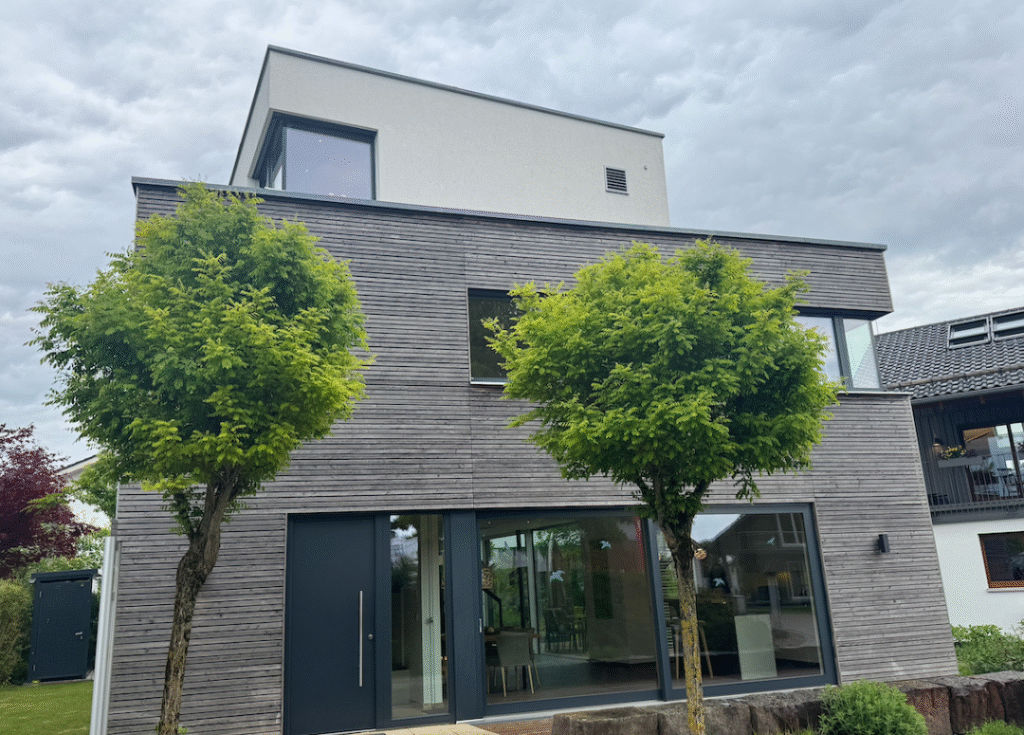
Prefabricated housing is not a new topic in China. We have been discussing it for many years, yet it has never truly become a mass-market option. However, in Germany, this model has long been one of the choices for ordinary people building homes, developers constructing projects, and government-backed initiatives.
So in this article, I want to start by looking at the overall structure of Germany’s prefabricated housing industry—its policy background, corporate system, and sales logic—and then reflect on what China’s real estate industry can do next to turn “prefabrication” from a concept into a product.
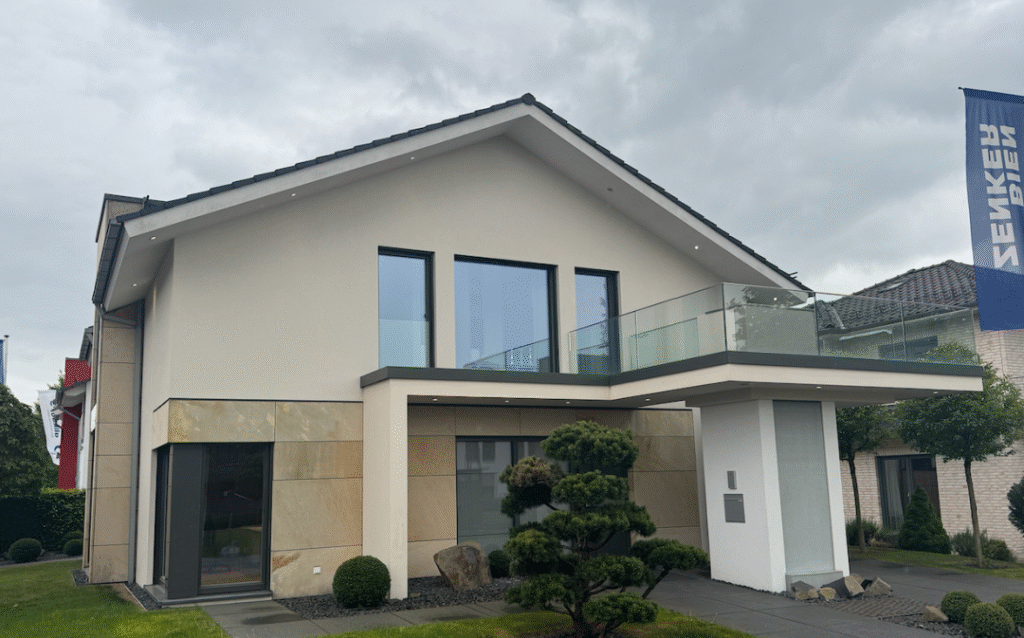
Prefabricated Exterior Wall Modules by German Companies
I will analyze how the German model was formed from three perspectives:
1. Policy Aspect
Germany’s prefabricated housing started early. After the 1970s oil crisis, the German government began promoting energy-efficient housing and industrialized construction methods through policies, focusing on energy savings and fast construction.
However, what truly established this industry wasn’t subsidies but gradually building a system that could control quality and attract users.
- Early stage: policy-driven, such as the Energy Saving Building Act and subsidized loans from banks
- Mid stage: system building, with independent building approval authorities in each federal state promoting suitable products
- Later stage: market logic takes over, where good products sell because users pay, and companies compete based on delivery capabilities
2. Market Aspect
German buyers of prefabricated homes mainly fall into three categories:
- Self-build homeowners
The largest end-user group in Germany. They prefer customized standard products — such as standardized walls and structural systems, with options for kitchens and window types. - Developer projects
Real estate developers purchase complete product systems for multi-family townhouses and low-rise neighborhoods, focusing on fast delivery, standardized installation, and energy compliance. Most prefabrication factories have stable B2B clients. - Public projects
Such as schools, hospitals, and libraries. These require modular construction, low-noise building processes, and good sound and thermal insulation. Government tenders tend to favor this low-cost industrialized construction system.
3. Enterprise Aspect
This is likely the biggest difference between the German market and China today.
In Germany, representative prefabricated housing brands have integrated systems including in-house R&D, factories, sales channels, and installation services. They have product lines, experience showrooms, delivery samples, and customer service. Like selling cars, they offer standardized packages plus personalized options.
I believe German prefabricated housing isn’t sold just by promotion and subsidies but through trust, product systems, and business models.
Business Model
Besides individual homeowners, many German prefabricated companies serve B2B developers and government modular building projects, maintaining relatively stable cash flow.
Trust
Most mainstream German prefabricated companies operate on a turnkey basis: customers choose a product line, sign a contract, then just wait for delivery. They don’t have to coordinate design, factory, construction, or inspection — everything is handled internally.
Product System
German prefabricated housing is not project-based but product line-based. Each company has clearly named standard series. Customers choose plans, structures, façade styles, and interior layouts from these series, achieving personalization on top of standardization — much like selecting car models, interiors, colors, and features.
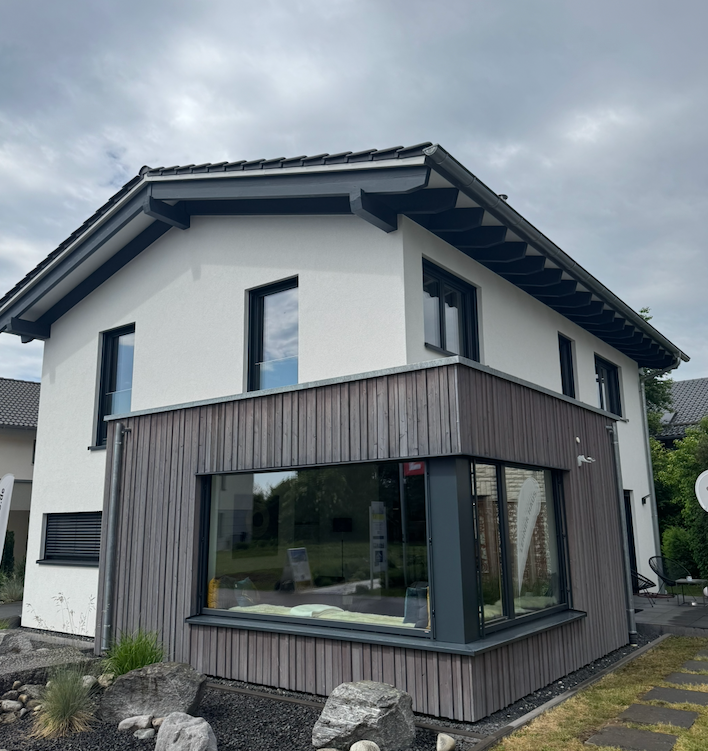
German Prefabricated Exterior Wall Modules
I will analyze how the German model was formed from three perspectives:
1. Policy Aspect
Germany’s prefabricated housing started early. After the oil crisis in the 1970s, the German government began promoting energy-efficient homes and industrialized construction methods through policies, focusing on energy saving and fast construction.
However, what truly solidified the industry was not subsidies but gradually establishing a system that could control quality and attract users.
- Early stage: Policy-driven, such as the Energy Saving Building Act and subsidized energy-efficient loans from banks
- Mid stage: System building, where each federal state had independent building approval authority to promote suitable products
- Later stage: Market logic took over — good products attract buyers, and companies compete on delivery capability
2. Market Aspect
German buyers of prefabricated houses mainly fall into three categories:
- Self-build homeowners
The largest end-user group in Germany. They prefer customized standard products — for example, standardized walls and structural systems, with options for kitchens and window styles. - Developer projects
Real estate developers purchase complete product systems for multi-family townhouses and low-rise residential communities. They emphasize rapid delivery, standardized installation, and energy compliance. Most prefabrication factories have stable B2B clients. - Public projects
Such as schools, hospitals, and libraries. These projects favor modular construction, low-noise building processes, and good sound and thermal insulation. Government tenders often prefer this low-cost industrialized construction system.
3. Enterprise Aspect
This is perhaps the biggest difference between the German market and China’s current situation.
In Germany, representative prefabricated housing brands have integrated systems including in-house R&D, factories, sales channels, and installation services. They have product lines, experience showrooms, delivery samples, and customer service. Much like selling cars, they offer standardized packages plus personalized options.
I believe German prefabricated housing isn’t sold just by marketing and subsidies but through:
Business model:
Besides individual homeowners, many German prefabricated companies also serve B2B developers and government modular building projects, maintaining relatively stable cash flow.
Trust:
Most mainstream German prefabricated companies operate on a turnkey basis: customers choose a product line, sign a contract, and then just wait for delivery. Customers do not have to coordinate design, factory, construction, or inspection — the company handles all steps internally.
Product system:
German prefabricated housing is not project-based but product line-based. Each company has clearly named standard series. Users select plans, structures, facade styles, and interior layouts from these series, achieving personalization on top of standardization — much like choosing a car model, interior, color, and features.
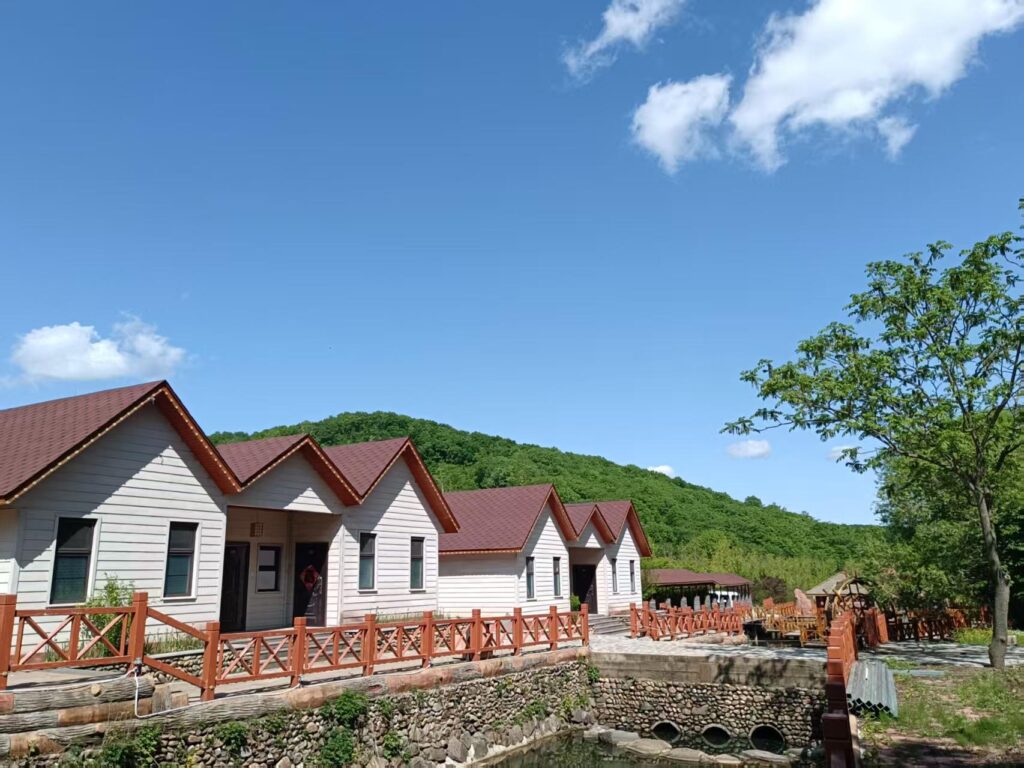
German Prefabricated Exterior Wall Modules
I will analyze how the German model has formed from three angles:
1. Policy Side
Germany’s prefabricated housing started early. After the oil crisis in the 1970s, the German government began promoting energy-efficient homes and industrialized construction methods through policies, with a focus on energy saving and fast construction.
However, what truly established the industry was not subsidies, but gradually building a system that could control quality while attracting users.
- Early stage driven by policies, such as the Energy Saving Building Act and banks offering energy-saving subsidy loans
- Mid stage focused on system-building, where each federal state has independent building approval authority to help suitable products enter the market
- Later stage driven by market logic: good products win users, companies compete through delivery capability
2. Market Side
German buyers of prefabricated homes mainly fall into three categories:
- Self-build homeowners
The largest end-user group in Germany. They prefer customized standard products — for example, standardized walls and structural systems, with options for kitchens and window styles. - Developer projects
Real estate developers purchase full product systems for multi-family row houses and low-rise residential complexes. They emphasize fast delivery, standardized installation, and energy compliance. Most prefabrication factories have stable B2B clients. - Public projects
Such as schools, hospitals, and libraries. These projects favor modular construction, low-noise building processes, and good sound and thermal insulation. Government tenders often prefer this low-cost industrialized construction system.
3. Enterprise Side
This might be the biggest difference between the German market and the current domestic situation.
In Germany, leading prefabricated housing brands integrate R&D, factories, sales channels, and installation services. They have product lines, showrooms, delivery samples, and customer service. Like selling cars, they offer standardized packages plus personalized options.
I believe German prefabricated housing isn’t sold simply through promotion and subsidies but through:
Business model:
Besides individual homeowners, many German prefabricated companies also serve B2B developers and government modular building projects, maintaining relatively stable cash flow.
Trust:
Most mainstream German prefabricated companies operate turnkey models: customers pick a product line, sign a contract, and just wait for delivery. Customers don’t have to coordinate design, manufacturing, construction, or inspection — the company handles all steps internally.
Product system:
German prefabricated housing is product-line based rather than project-based. Each company has clearly named standard series. Users can select plans, structures, façade styles, and interior layouts from these series, achieving personalization beyond standardization — like choosing a car model, interior, color, and features.
Leave a Reply